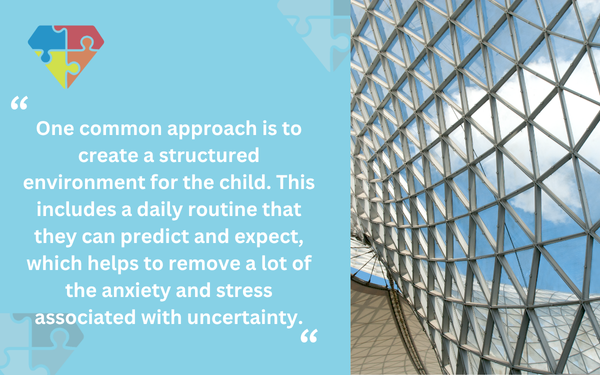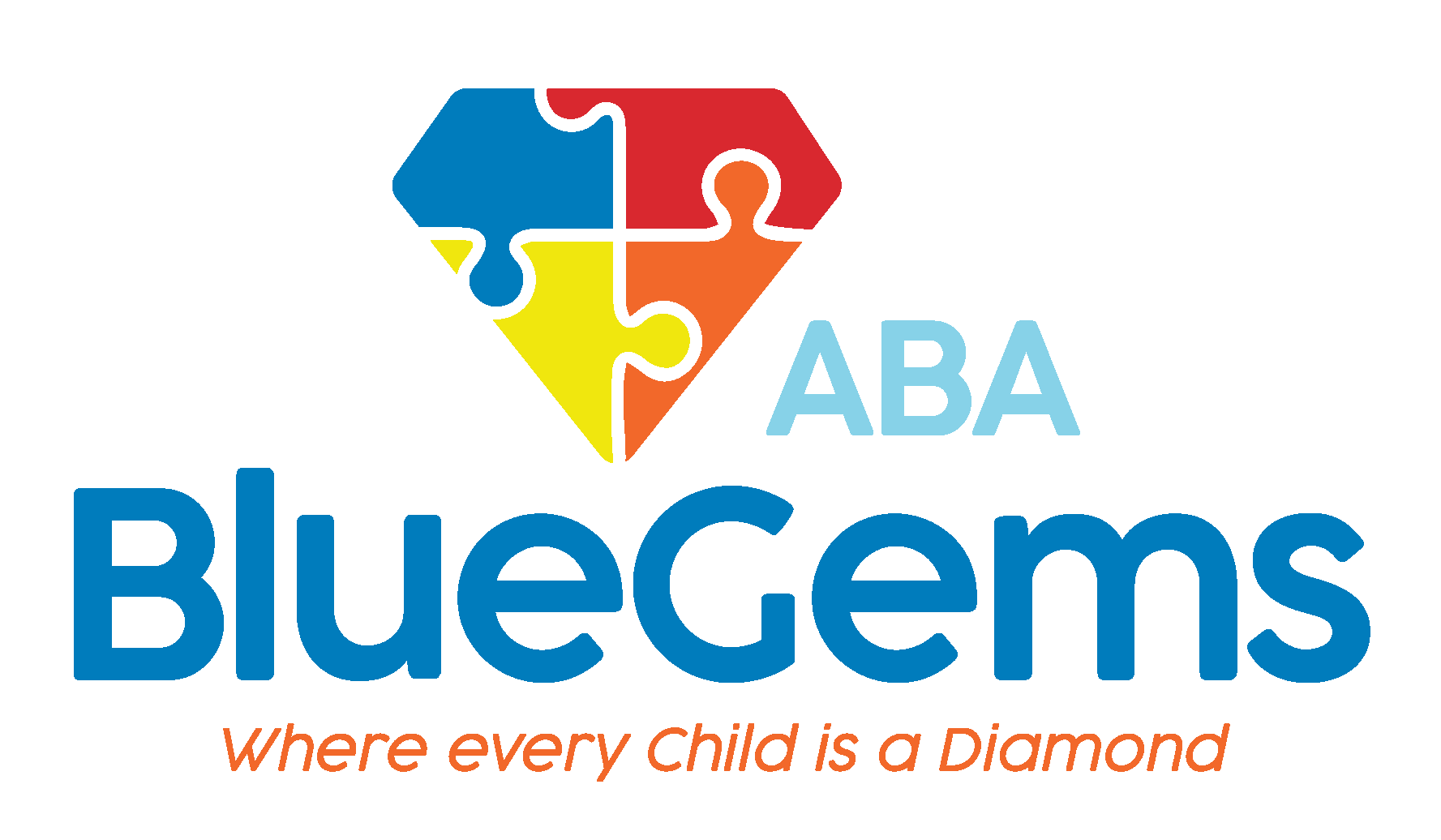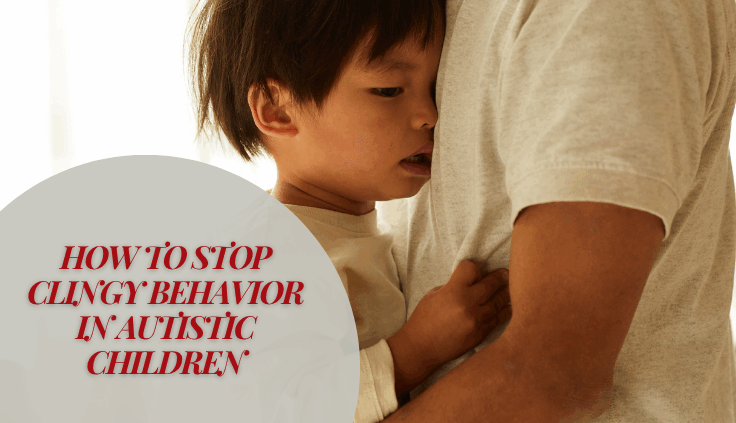How To Stop Clingy Behavior in Autistic Children
Many children display clingy behaviors when they’re younger. They may have trouble leaving a parent’s side, always follow them around and have difficulties being without them, especially in new environments.
Clingy behavior can be even more pronounced for children with autism spectrum disorder (ASD), who often thrive on structured environments and schedules that they can predict.
Of course, there are times when parents simply can’t be with their children, which is why it’s important they learn how to adapt to new people in new scenarios.
Applied behavior analysis, or ABA therapy, can help address clingy behavior in children with autism, helping them become more independent in the process.
Below is an explanation of why clingy behavior might be present as well as some strategies for reducing clingy behavior.
Table Of Contents
Why Do Children with Autism Display Clingy Behavior?
If a child with autism displays clingy behavior, it’s often because they’ve formed a very strong bond with the person they’re clinging to. In many cases, this is one or both of their parents, a caregiver or some other authority figure, especially when they’re toddlers.
That being said, children with autism may also become clingy with friends, siblings, peers and other family members as well. While this clinginess is rather common in children, it can be damaging long-term if it’s not addressed.
This all starts by understanding the underlying reasons why a child with autism might be displaying clingy behavior.
Children on the autism spectrum often have difficulties communicating and with social interactions. If they have developed a strong bond with one person, then, they may prefer to be around that person all the time because they feel safe and comfortable, whereas they feel anxiety and worry when around other people.
They also may experience sensory processing challenges. Loud noises and bright lights, for example, might cause them to become overwhelmed and want to gravitate toward safe and comfortable people.
In many ways, clingy behavior is a way that children with autism try to manage their emotions and sensory input by sticking close to a person or people they are comfortable and familiar with.
| Section | Details |
|---|---|
| Why Clingy Behavior Occurs | Describes emotional bonds, sensory processing challenges, and communication issues. |
| Strategy 1: Structured Environment | Daily routines to reduce uncertainty and anxiety. |
| Strategy 2: Calm Down Spaces | Sensory-friendly rooms to help children self-regulate. |
| Strategy 3: Building Independence | Focus on social, communication, play, and self-care skills. |
| Strategy 4: Positive Reinforcement | Use of rewards (praise, toys, tokens) to encourage desired behaviors. |
What Are Some ABA Therapy Strategies for Reducing Clingy Behavior?
Once the underlying reasons behind the clingy behavior are identified, ABA therapy teams can develop targeted treatment plans to address this behavior. It’s not a one-sized-fits-all approach, nor is there only one way that it can be addressed.
One common approach is to create a structured environment for the child. This includes a daily routine that they can predict and expect, which helps to remove a lot of the anxiety and stress associated with uncertainty.

With the help of therapists, parents can create calm down rooms or even parts of rooms where children with autism can escape to if they’re feeling overwhelmed. There, they might have sensory toys or other things that could center them and make them feel safe.
This could result in them feeling more comfortable with their surroundings, which could reduce their need to be clingy.
ABA therapy can also encourage children with autism to live more independently in various aspects of their life. By building play, social interaction, communication and self-care skills, for example, children will be able to do more on their own without the assistance of a parent, caregiver or other adult.
This, then, could lead to the child being less clingy because they’re not as reliant on this other person to fulfill some of their basic needs.
Throughout the process, ABA therapists will be integrating positive reinforcement into all of the strategies they use. This can take on many forms, including time with a toy, a token they can exchange later or extra praise.
These rewards serve to reinforce the desired behavior, and keep children engaged in the learning and motivated to learn more.
Blue Gems ABA Helps Address Clingy Behavior in Children with ASD
Children on the autism spectrum may display clingy behavior more than their neurotypical peers. There are a variety of reasons why this could be, so understanding what’s behind the behavior is the best first step to addressing it.
At Blue Gems ABA, we have many tools and strategies at our disposal that we use to help children reduce clingy behavior. Many times, this happens by helping them build skills that enable them to live more independently, so they don’t feel as though they need to rely on another person as much.
To learn more, please contact us today.



